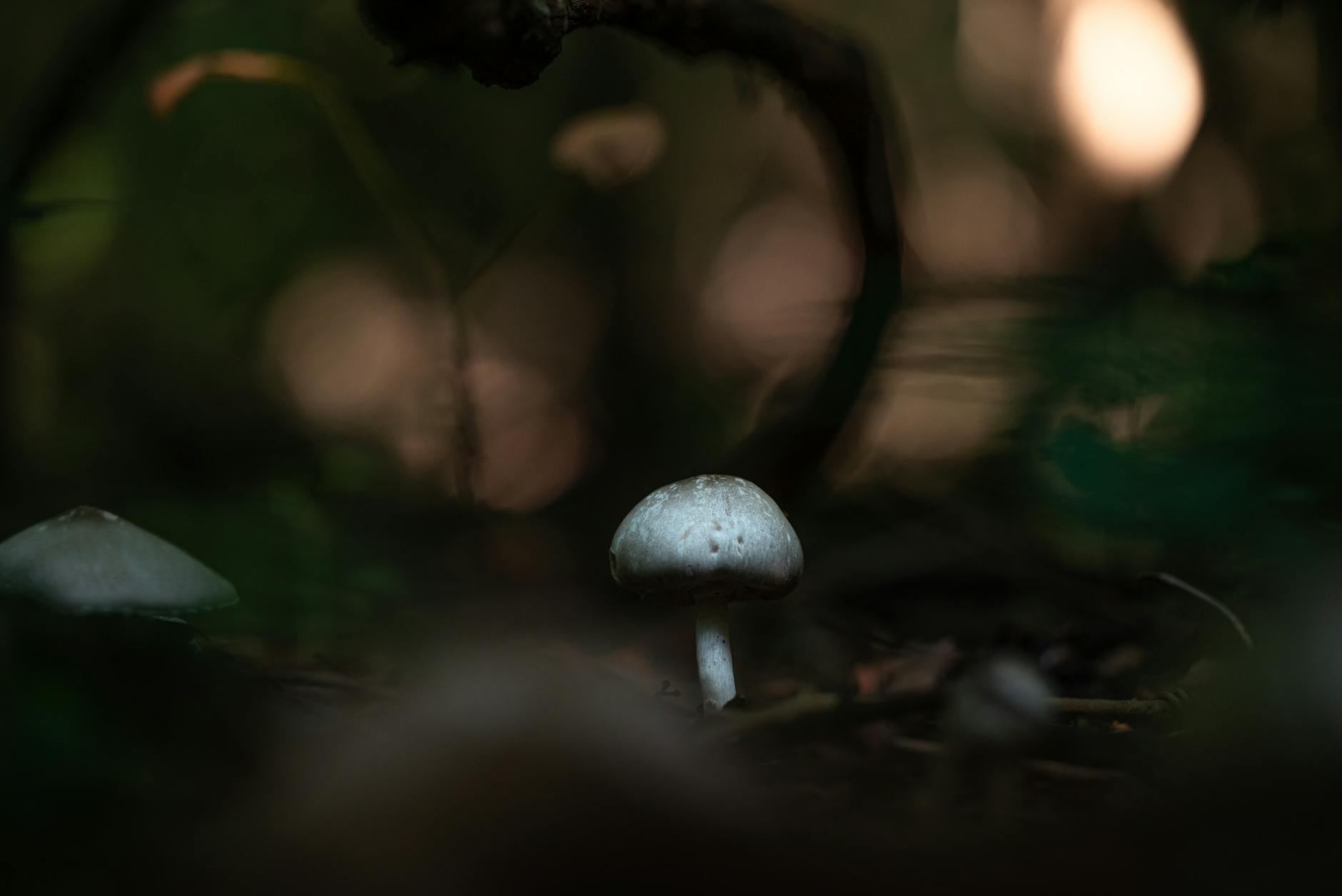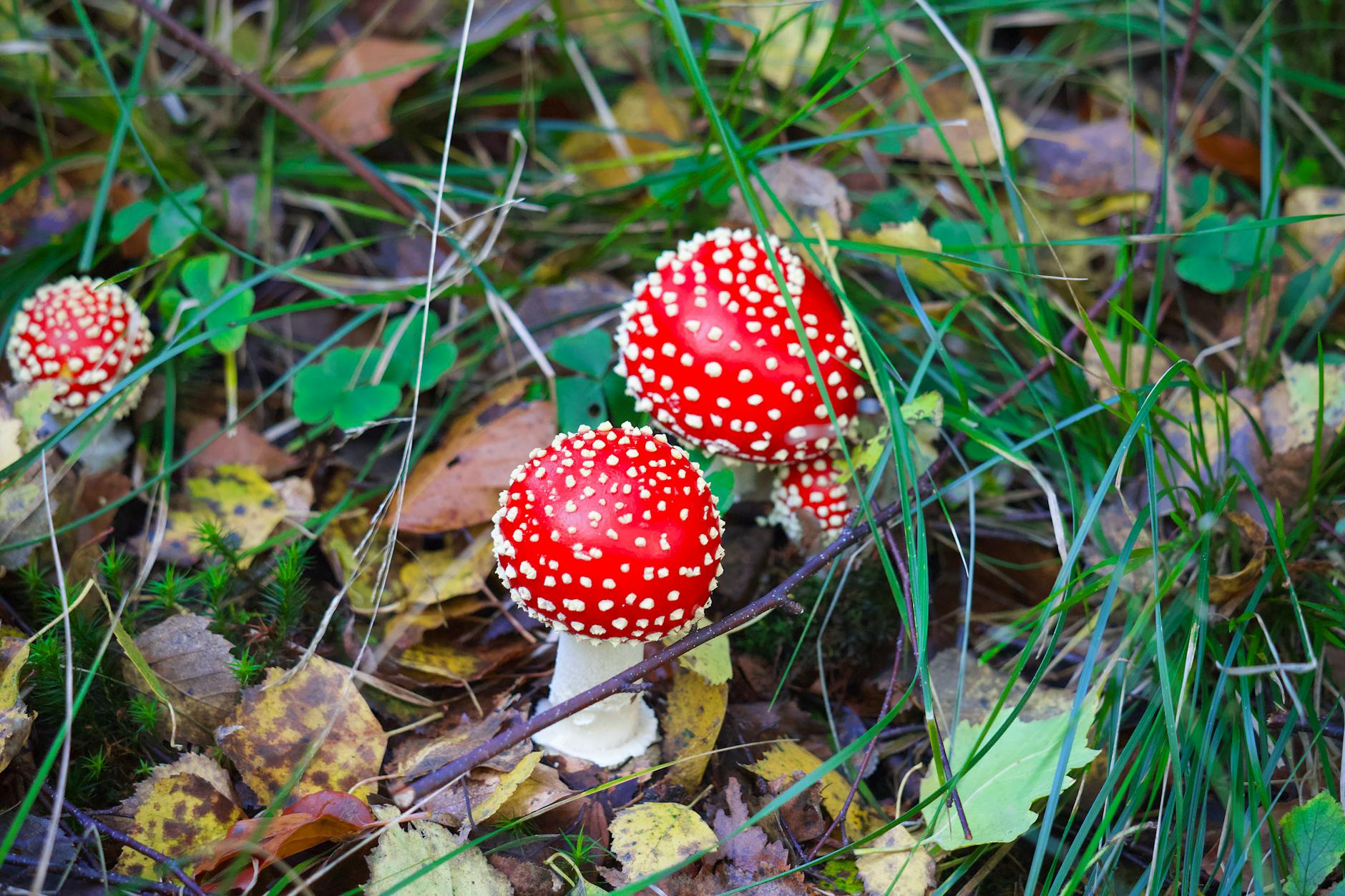Foraging Morels Near Dead and Dying Elms – Top Tips for Bountiful Harvests
Morel mushrooms are prized for their unique flavor and texture, making them a highly sought-after delicacy among foragers. One of the best places to find morels is near dead and dying elms, as these trees provide the perfect environment for these elusive fungi to thrive. In this article, we will explore the top tips for foraging morels near dead and dying elms, helping you increase your chances of a bountiful harvest.
Understanding Morels and Their Habitat
Morels are a type of edible mushroom that belongs to the Morchella genus. They have a distinctive appearance, with a honeycomb-like cap and a hollow stem. These mushrooms are known for their rich, nutty flavor, making them a popular choice for culinary enthusiasts.
Morels tend to grow in specific habitats, with one of the most common being near dead and dying elm trees. These trees provide the necessary nutrients and moisture that morels need to grow. When an elm tree begins to decay, it creates the perfect environment for morels to flourish, making it an ideal spot for foragers to search for these prized mushrooms.
Tips for Foraging Morels Near Dead and Dying Elms
1. Timing is Key: Morels typically fruit in the spring, usually after the first warm rain of the season. Keep an eye on the weather forecast and head out to forage soon after the rain, as morels tend to appear quickly after the soil warms up.
2. Look for Decaying Elms: When searching for morels, focus on areas where elm trees are either dead or dying. The decaying wood and roots provide the nutrients that morels need to grow, increasing your chances of finding a bountiful harvest.
3. Scan the Ground: Morels are often found on the ground near the base of dead or dying elm trees. Take your time to carefully scan the forest floor, paying close attention to any signs of these mushrooms peeking through the leaf litter.
4. Use a Mesh Bag: When collecting morels, use a mesh bag to allow the spores to disperse as you move through the forest. This helps promote the growth of morels in the area for future harvests.
5. Be Patient and Persistent: Foraging for morels near dead and dying elms can require patience and persistence. Keep exploring different areas and be prepared to spend time searching for these elusive fungi.
6. Respect Nature: As you forage for morels, remember to respect the environment and be mindful of the impact you have on the ecosystem. Harvest only what you need and leave the rest to ensure the sustainability of morel populations.
Conclusion
Foraging morels near dead and dying elms can be a rewarding experience for mushroom enthusiasts. By understanding the habitat requirements of morels and following these top tips, you can increase your chances of a bountiful harvest. Remember to head out in the spring, focus on decaying elm trees, scan the ground carefully, and be patient in your search. With a bit of luck and persistence, you may soon find yourself with a basket full of delicious morels to enjoy in your favorite dishes. Happy foraging!


